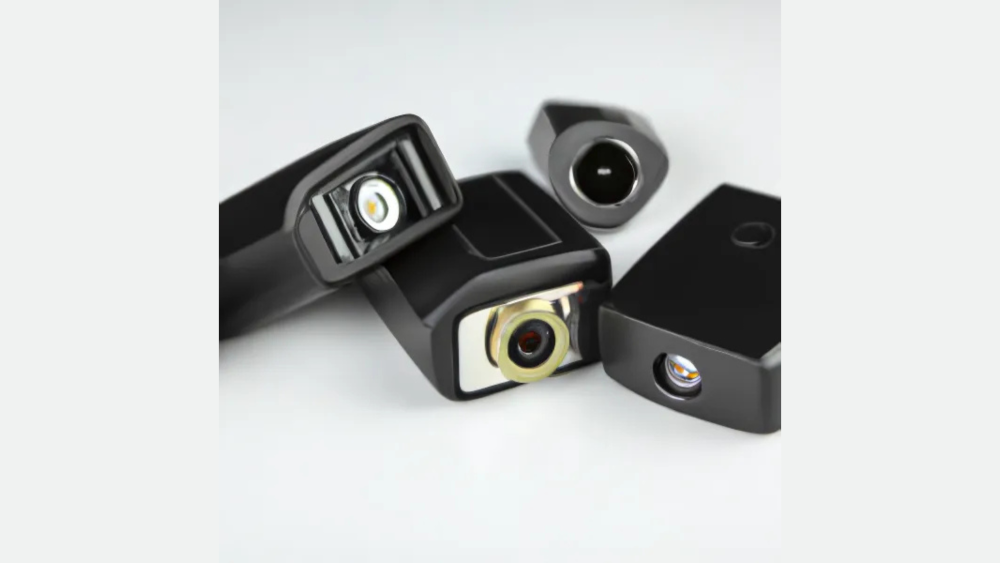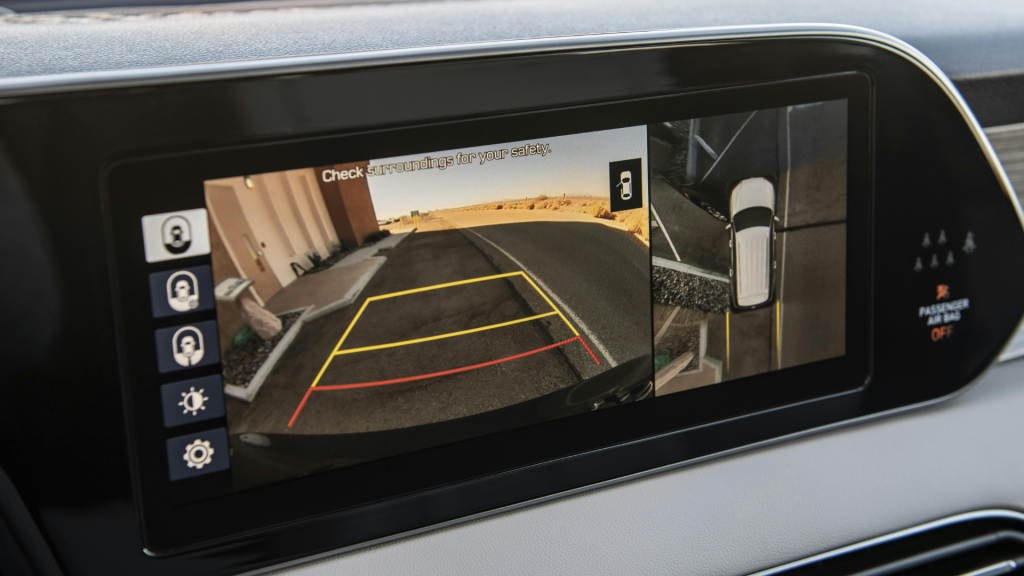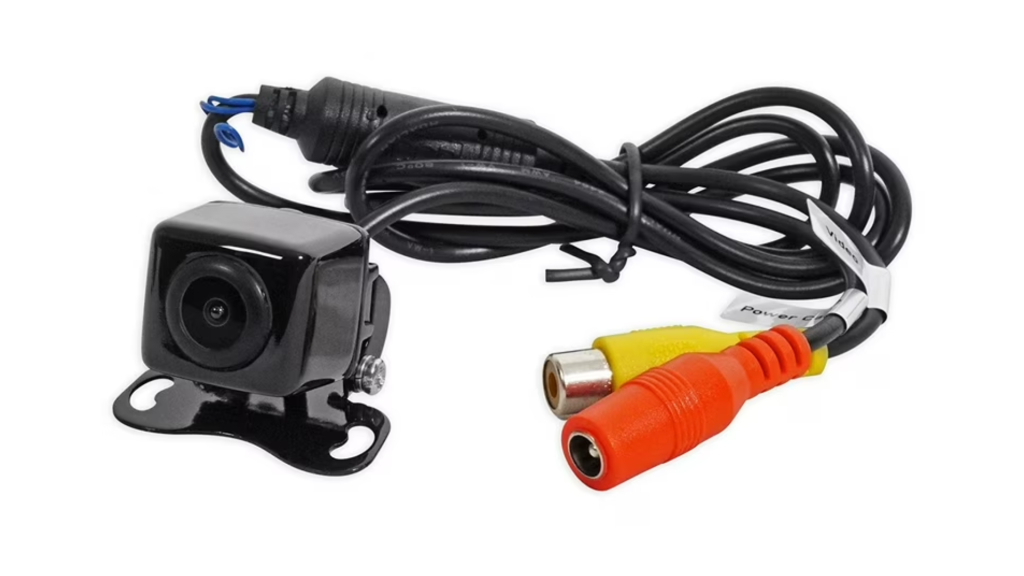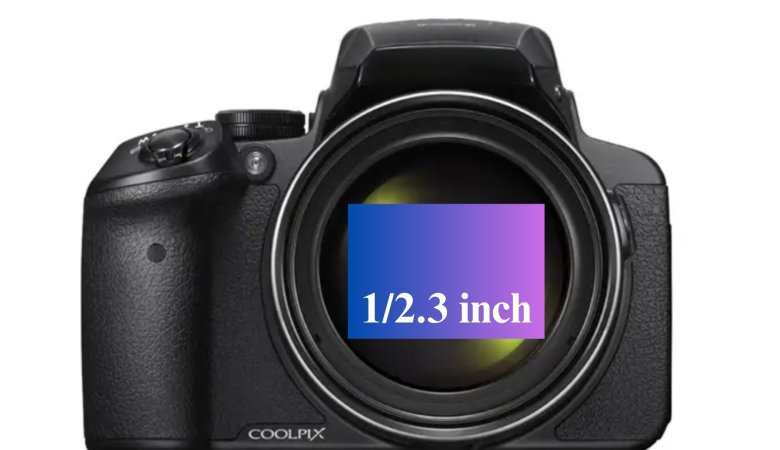Cars today come with backup cameras as standard equipment. You might wonder when this helpful safety feature became a must-have for new vehicles.
This blog will explain the history of backup cameras and the rules that made them standard in all cars.
It will also examine why these cameras are important for road safety, what made them mandatory, and the steps taken before they became mandatory.
By the end of this post, you’ll know exactly when backup cameras became a rule for car makers, plus the reasons behind this important change in vehicle safety standards.
What is the Need for Backup Cameras
Backup cameras solve a real problem for drivers. The area behind a car has poor visibility, creating what safety experts call a “blind zone.” This hidden space puts small children and objects at risk when a driver moves in reverse.
Data from safety studies shows these blind zones cause many accidents each year. Sadly, many victims are young kids who might be too small for drivers to see through mirrors alone.
Backup cameras give drivers a clear view of what lurks behind their vehicles. They show areas that mirrors cannot capture.
The camera displays the image on a screen inside the car, making parking safer and easier. These cameras help prevent crashes, protect people walking by, and reduce damage to other cars in parking lots.
Their main job is making sure nothing and nobody gets hit when a car backs up.
Role of Modern Technology in Vehicles
Today’s cars come packed with tech tools that make driving safer and more comfortable.
These features work together to protect drivers, passengers, and people outside the car. Safety tech has grown from basic to advanced in just a few years.
- Safety Sensors: These tiny devices detect objects near your car. They warn you with beeps or flashing lights when you get too close to something while parking or changing lanes.
- Crash Prevention Systems: These systems watch the road ahead. They can spot dangers before you do and even apply the brakes if needed to avoid hitting something in your path.
- Smart Displays: These screens show vital info about your car. They place maps, camera views, and warning messages where you can see them without having to look away from the road.
- Voice Controls: These allow you to control car features using spoken words. You can make calls, change music, or set the temperature without taking your hands off the wheel.
- Auto-Braking: This system automatically stops your car when it detects a potential danger. It works faster than human reflexes to prevent crashes when something suddenly appears.
- Lane-Keeping Assistants: These tools help keep your car in the correct lane. They give small steering corrections if you drift toward lane markers without using turn signals.
- Parking Helpers: These systems make parking simple. They can find spots that fit your car and show you exactly how to steer into tight spaces.
When Did Backup Cameras Become Mandatory
Backup cameras became mandatory in all new vehicles sold on May 1, 2018. This rule came from a law passed by Congress in 2008 called the Cameron Gulbransen Kids Transportation Safety Act.
The law was named after a two-year-old boy who was killed when his father accidentally backed over him in their driveway.
The National Highway Traffic Safety Administration (NHTSA) took several years to develop the final standards, which gave car makers time to add this feature to all new models.
Effectiveness of Backup Cameras Since the Mandate
Since backup cameras became required equipment, safety records show positive results. These cameras have helped reduce accidents and save lives through better visibility.
- Backup crashes dropped by 17% in cars with these cameras.
- Injury rates from reverse accidents decreased notably in new vehicles.
- Child safety improved as drivers can now see small children who might be behind the car.
- Property damage claims went down as fewer cars hit objects while backing up.
- Driver confidence increased with the added rear visibility.
List of Affordable Backup Cameras
Adding a backup camera to an older car doesn’t need to cost a lot. Many good options exist for cars without this safety feature.
Here are some wallet-friendly backup cameras that offer solid quality and easy setup.
- AUTO-VOX CS-2: This wireless system comes with a 4.3-inch monitor and night vision. The camera mounts on your license plate frame and sends clear images even in low light.
- eRapta ERT01: This camera offers wide-angle viewing and a waterproof design. It works well in all weather and shows guidelines on screen to help with parking in tight spots.
- BOSCAM K7: This kit includes a 5-inch LCD screen and shows what’s behind you in full color. The camera stays clear in rain or snow and takes just minutes to install.
- LeeKooLuu LK3: This budget-friendly option includes parking lines and night vision. The screen mounts on your dashboard and turns on automatically when you shift into reverse.
- DoHonest S01: This wireless system works up to 33 feet and has clear night vision. The camera attaches to your license plate and resists water damage in heavy rain.
Wrapping It Up
Backup cameras have improved how you drive and park. What started as a luxury add-on is now standard safety equipment in every new car sold in America since May 2018.
The road to making these cameras mandatory was long, but the results prove it was worth the wait. Fewer backup accidents mean safer driveways, parking lots, and streets for everyone.
Next time you use your backup camera, remember it’s there because of safety concerns and the hard work of advocates who pushed for better protection.
As car technology continues to improve, backup cameras are a simple yet powerful example of how small changes can make a big difference in keeping people safe.
What safety feature do you think should become standard next?








Leave a Reply